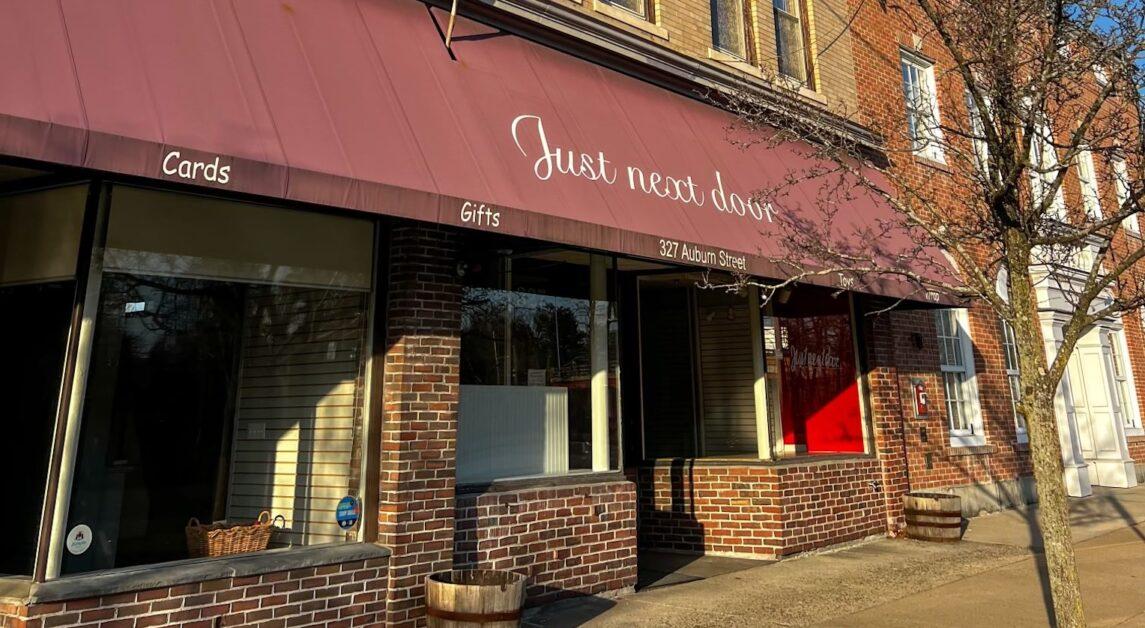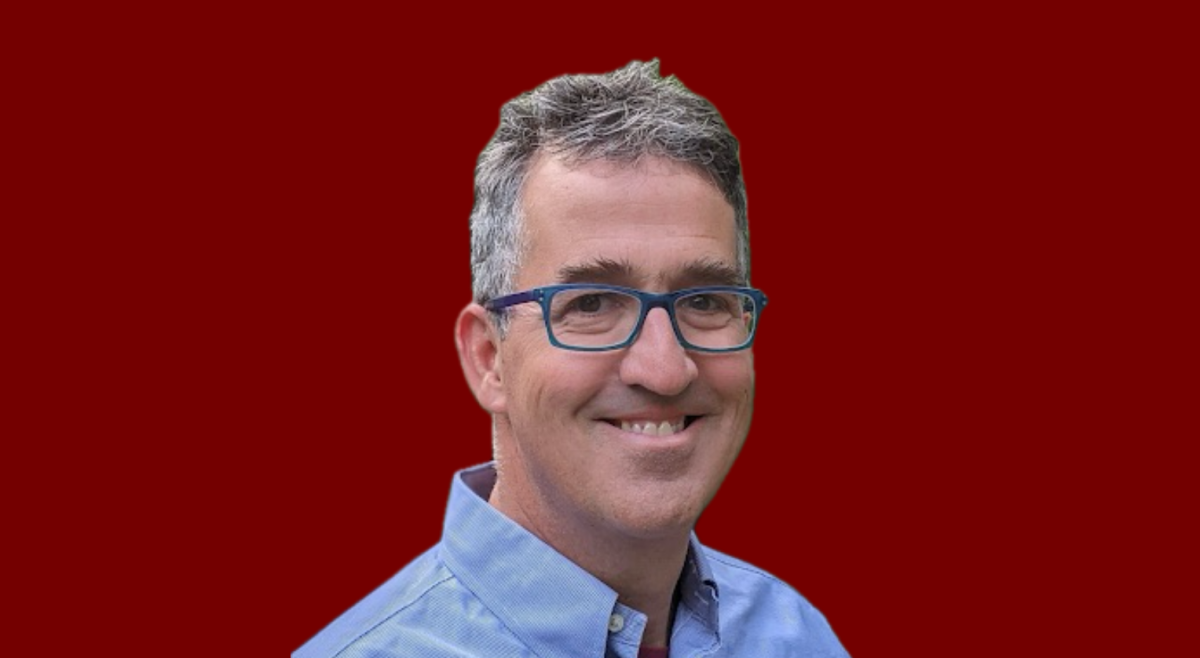The auditorium beneath the Massachusetts Institute of Technology’s iconic dome provided a haven amid Boston’s rainy weather, sheltering the attendees of the MIT 100K competition. To the left, students tried their hand at formal attire and wore blazers two sizes too large and faded T-shirts—one could be heard saying, “I thought this would be acceptable. I’m definitely not used to dressing up.”
The common denominator among all attendees was an unequivocal desire to learn. Among the attendees existed a genuine curiosity to hear from entrepreneurs claiming to have novel solutions to pressing issues. Tuesday’s event didn’t concern itself with stale formalities and pompous presentations. Rather, the organizers emphasized that this was an opportunity to embrace failure as a natural component of any business’s lifecycle. While only one lucky startup would leave the competition with $5,000 in seed-funding, the other 19 would carry home something equal in value: the freedom to continue dreaming beyond the constraints of investor-driven agendas.
Before inviting the first team onto the stage, Dip Patel, an entrepreneur in residence at the Martin Trust Center for MIT Entrepreneurship, co-founder of Ecovent, and the master of ceremonies, dispensed a morsel of inspiration.
“You’re all here because you dared to tackle some of humanity’s most daunting humanitarian and societal issues,” Patel said. “Don’t let failure tonight dilute your drive to solve them.”
The MIT 100K competition is a three-part startup growth program for MIT undergraduates and alumni looking to commercialize their research or extracurricular activities. The first step was tonight’s “Pitch” competition, where 20 founders condensed their businesses into a 90-second pitch with the hopes of piquing the interest of a panel of experienced professionals. The pace was frenetic, with wide-eyed representatives from each startup racing against the clock, striking a delicate balance between time spent explaining the catalytic “a-ha” moments and more concrete explanations of how money was actually made.
The spotlight focused the audience’s attention on each presenter, as they stole brief glances at the stopwatch placed beneath the first row of seats. For the entirety of the event, the four judges listened quietly and silently tapped away at their computers. From afar, it appeared that their role was not necessarily to dismantle or discourage this cohort of 20-year-olds from building something from the ground. Rather, the judges served as advisers, challenging them to dig deeper, climb higher, and dream bigger with their ideas.
The ideas ranged from an irrigation management software that leverages sensors to collect important data from farm soil to a new microgrid energy system designed to power marginalized communities. Others adopted a more humanitarian scope, supporting underserved populations with entrepreneurial resources and bringing affordable emergency devices to impoverished areas using pre-existing materials.
The event had a relaxed undercurrent to it, as some audience members formed unofficial cheer squads in support of their classmates and friends under the spotlight. After about an hour and a half, the crowd was invited to cast their votes for who would win $2,000 as part of the audience choice award. Phone screens lit up and a symphony of taps erupted with everyone imagining that they were investors. Ultimately, aam was the winner with its app-enable technology that provides scheduled daily reminders for women taking birth control pills. Founder Aagya Mathur, an MBA student at the MIT Sloan School of Management, believes that her company can reverse the trend in the number of unintended pregnancies per year in the U.S..
“We’re doing something about it,” Mathur said. “We are MBAs, engineers, and designers and we are patenting the first ever high-tech smart sleeve for the birth control pill pack.”
Tense moments preceded the unveiling of the overall victor of the night’s competition. Presented with a massive check—perhaps more so in size than in monetary value—and a photo opportunity with the MIT 100K organizing board, the founders of tactile wore expressions of pure delight as they approached the stage. They created the first portable device that converts text into braille in real-time, combining their own research around text-processing methods to aid visually impaired individuals. Building tactile out of their dorm rooms at MIT, this group of determined female engineers aims to promote information equality at a time when less than 1 percent of all printed text have braille translations.
Chandhani Doshi, a founding member of tactile, hopes that their work can have positive externalities on the entrepreneurial community at large.
“Not only do we hope our invention can make an impact for visually impaired individuals, but we hope we can also inspire young girls everywhere to get into engineering and science,” Doshi said.
Featured Image by Alessandro Zenati / For The Heights













